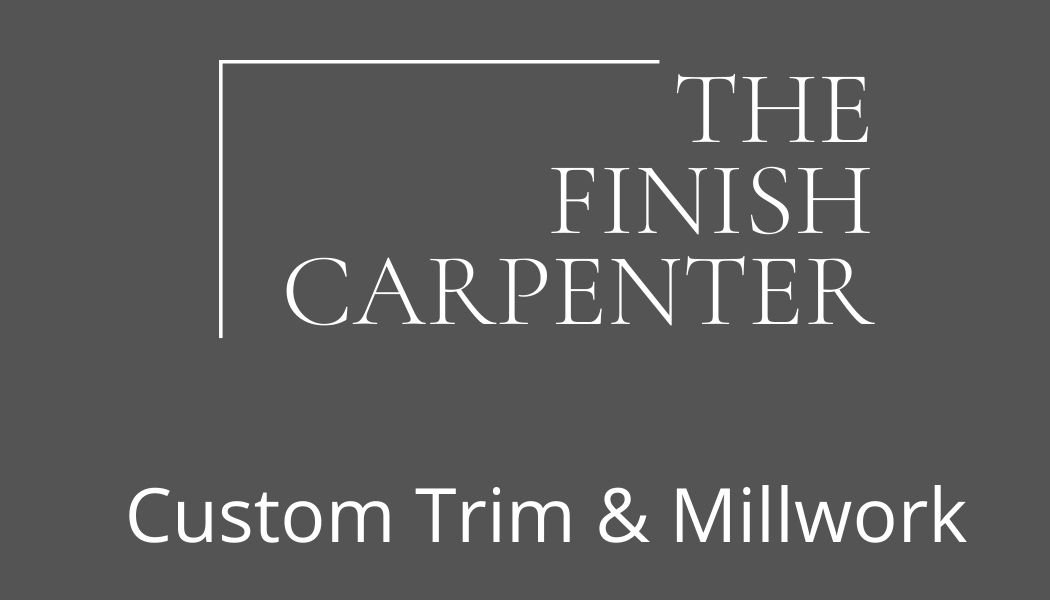What is the best material for Wainscoting Wall Panels?
Wainscoting is a design element that not only adds charm and character to your walls but also serves as a testament to timeless elegance. Central to a successful wainscoting project is the choice of the right material for your wall panels. In this blog post, we'll explore various materials, each with its own unique characteristics, helping you make an informed decision to achieve the perfect blend of style, durability, and budget-friendliness.
The choice of material for wainscoting wall panels depends on your preferences, budget, and the overall style you want to achieve. Here are some common materials used for wainscoting wall panels, each with its own set of characteristics:
MDF (Medium Density Fiberboard):
Pros: MDF is a popular choice due to its smooth surface, affordability, and versatility. It takes paint well, providing a seamless finish. MDF panels are also resistant to warping.
Cons: MDF is susceptible to moisture and may not be the best choice for high-humidity areas.
Wood:
Pros: Solid wood panels offer a classic and authentic look. Hardwoods like oak, maple, or cherry are durable and can be stained or painted to match your desired aesthetic.
Cons: Wood panels can be more expensive than MDF, and they may be prone to expansion and contraction with changes in humidity.
Plywood:
Pros: Plywood is a cost-effective option that provides a stable substrate for wainscoting. It is available in various grades, allowing you to choose based on your budget and intended finish.
Cons: Plywood may have a less refined appearance compared to other materials, and the edges may require additional finishing.
Beadboard:
Pros: Beadboard panels feature vertical lines or grooves, creating a classic, cottage-style look. They are typically made of MDF or wood.
Cons: Beadboard has a specific aesthetic, so it may not suit every design preference.
PVC (Polyvinyl Chloride):
Pros: PVC wainscoting is resistant to moisture, making it suitable for bathrooms or other damp areas. It is also low-maintenance and easy to clean.
Cons: Some may find that PVC lacks the warmth and authenticity of natural materials like wood.
Plaster:
Pros: Traditional plaster wainscoting provides a luxurious and timeless appearance. It can be custom-molded to achieve intricate designs.
Cons: Plaster wainscoting can be expensive and requires professional installation due to its weight and intricacy.
Ultimately, the best material for wainscoting toronto wall panels depends on your preferences, budget, and the specific requirements of the space where it will be installed. Consider the overall design of the room, the level of maintenance you're willing to undertake, and your desired aesthetic when making your choice.
Choosing the right material for your wainscoting wall panels involves considering factors such as aesthetics, budget, and practicality. Whether you opt for the classic warmth of wood, the affordability of MDF, or the moisture resistance of PVC, each material brings its own unique charm to your space. Keep your design goals and the specific requirements of your room in mind as you embark on this transformative journey of enhancing your walls with the timeless beauty of wainscoting.

